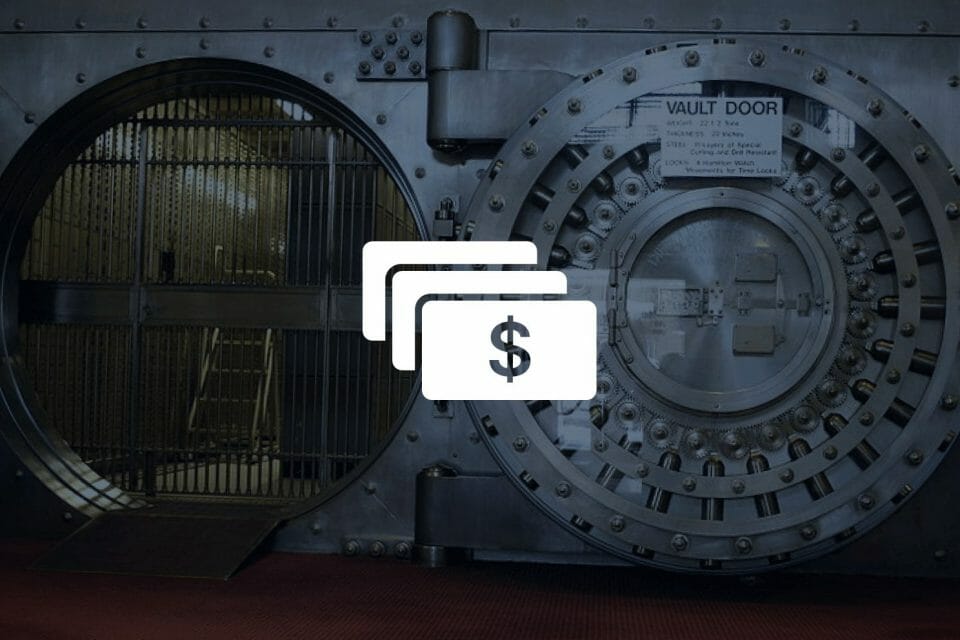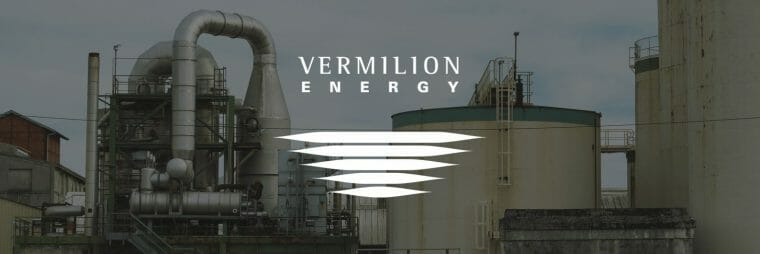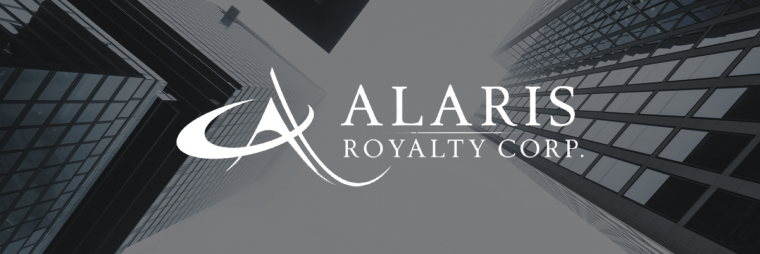Top High Dividend Stocks Canada – Is the Dividend Safe?

“Is it safe?”
Dividend investors (and Laurence Olivier) commonly ask that question.
If you collect dividends, you’re bound to encounter a stock that plummets and pushes the divvy way past the safety threshold of 4%.
When that happens, a stock risks a dividend cut, sometimes in half, that could slash the stock price as well.
Sometimes, though, investors welcome a dividend cut and will actually drive up a stock.
How to determine whether a dividend safe?
The payout ratio. That metric comes from investment income, net of expenses. Generally, the lower the ratio, the safer. So if Company X has earnings-per-share of $1 and dividends-per-share of $0.70, then Company X’s payout ratio is 70%. Similarly, if Company J’s EPS is $1 and pays $0.90 in dividends-per-share, then its payout ratio is 95%.
Which company has a more sustainable payout ratio? Answer: X.
An important note is that payout ratios vary among sectors, with defensive stocks (utilities, pipelines and telcos) having high payout ratios, but which are supported by predictable earnings and cash flows. In contrast, cyclicals (resources, energy) have lower payouts because their earnings fluctuate a lot more (oil stocks are a good example).
Stocks with No Dividend
Sectors such as tech pay low or no dividends.
Instead, these companies reinvest their earnings in R&D (think Amazon and Tesla). A final point is that blue-chip companies increase their dividends annually, but their rising earnings stabilize their payout ratios.
Top 3 Canadian High Dividend Stocks
What follows are dividend stocks that pay high dividend yields.
Can they sustain them?

12.8% dividend yield / 120% payout ratio
Perhaps no Canadian stock keeps dividend investors up at night as much as VET-T. Conventional market wisdom says that a double-digit yield is begging to be chopped in half. That would be no surprise for an oil stock.
For example, Crescent Point Energy slashed its dividend four years ago after its dividend skyrocketed. Could the same happen to Vermillion?
VET‘s payout ratio is a nosebleed 120% vs. the sector’s 48%, and the dividend is nearly 13% vs. the sector’s 3.83%.
So, the dividend is doomed, right? 💀
Not so fast.
VET boasts the highest ROE in oil and gas, 14.02% vs. the sector’s 5.52%. Its profit margin of 20.41% kills the sector’s 2.64%. Further, VET‘s PE is 9.6x while the industry averages 19.7. The key difference with VET is that it fetches higher European natural gas prices.
So, it’s safe, right? Maybe not. 🤔
Greg Newman points out its -4% EPS growth. Michael Sprung thinks the dividend is safe if the price of oil doesn’t plunge. That’s a big if. Ryan Bushell owns Vermillion….nervously.
Safe, nervously.

Chemtrade Logistics Income Fund
10.71% dividend yield / NA payout ratio
If I had written this article six months ago, CHE.UN‘s dividend would been unsafe with its high payout ratio hitting 127% against deep debt. Today, Robert McWhirter is one analyst who has changed his tune, citing Chemtrade‘s free cash flow that he expects to grow 9% this year.
In fact, McWhirter foresees 19% upside in the stock price. Greg Newman isn’t a convert, but is keeping an eye on CHE.UN as it sells some assets to pay down its debt.
Cole Kachur is confident in the dividend, but warns that a recession will slash it.
It looks like things are looking up for Chemtrade as more analysts make buy signals, a pivot that began last fall, but CHE.UN‘s metrics remain worrisome.
Its gross and net margins are distinctly lower than its peers.
Same goes with its returns, with ROE -19.84% vs. -2.09%.
Yet, its dividend yield is twice the sector average. Things are improving, sure, but this remains an unprofitable company.
Unsafe, but watch this stock.

7.41% dividend yield / 83.55% payout ratio
Like Chemtrade, Alaris is a stock that’s endured a rough patch in recent years. This royalty company suffered when investments in some private companies went south. However, the company has has been slowly rebounding since May 2017 as it recovered some payments and made some wise investments. In the last six months, AD-T has leapt by 15.5% and has reduced its dividend to 7.41% from 8.14% in July 2019.
Michael Sprung firmly believes that not only is the divvy safe, but will increase this year and next, based on a strong cash flow.
Ryan Modesto agrees with this outlook, but doesn’t feel as secure about the dividend.
In contrast, Stephen Takacsy is bearish, complaining that Alaris holds too many companies, which are hard to value based on Alaris‘ financial statements. Tech analyst Javed Mirza gives AD a thumbs-up, noting on its chart an ascending triangle during its current breakout. Bruce Campbell doesn’t hold this stock, but its debenture instead, and suggests buying AD-T on pullback at $19, instead of current levels.
Mind you, AD‘s payout ratio of nearly 84% is more than three times more than the sector’s 26.28%. But the dividend should be safe as the company has made more prudent investments.
In fact, Alaris boasts one of the highest ROEs in the investment services space, with a profit margin of 63.47% vs. 8.88%.
Safe. (Disclosure: I own Alaris.)
You can find more Canadian dividend stock ideas in our Fast-Rising High Dividend Stocks post, in Dividend stocks: Flying high, but risky? or the Top 7 Canadian Bank Stocks that Pay Dividends.


